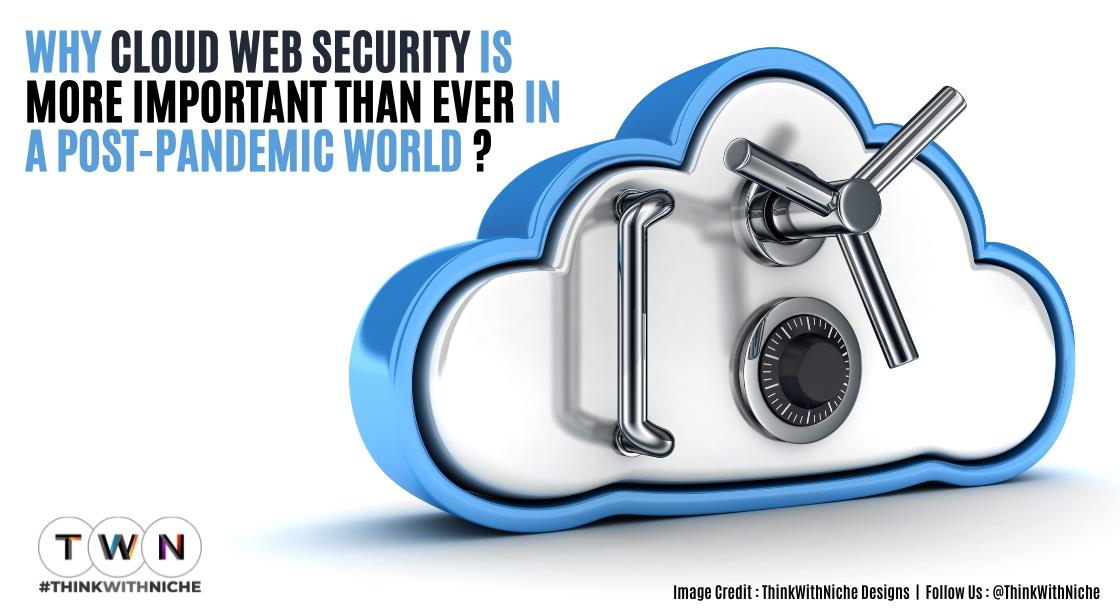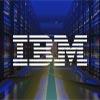Why Cloud Web Security Is More Important Than Ever in a Post-Pandemic World

Blog Post
The rapid shift towards cloud adoption has resulted in a significant increase in cybersecurity challenges, which has become more important than ever in a post-pandemic world. To effectively address these issues, both clients and providers need to prioritize security measures at all levels, including hardware, software, and network. This requires a comprehensive understanding of the interconnected components that make up the cloud infrastructure.
In a post-pandemic world, the importance of cloud web security has increased significantly as businesses have shifted towards remote work and cloud-based services. This shift has exposed organizations to new cybersecurity risks, such as data breaches, unauthorized access, and malware attacks. As a result, cloud web security has become a top priority for businesses of all sizes.
To effectively address these challenges, clients and providers must work together to ensure that security measures are implemented at all levels of the cloud infrastructure. This includes securing hardware, such as servers and storage devices, as well as securing software applications and network connections.
In addition to traditional security measures, such as firewalls and antivirus software, organizations must also implement more advanced security measures, such as multi-factor authentication and encryption, to protect sensitive data from unauthorized access. Regular security audits and vulnerability assessments can also help identify and address any potential security gaps in the cloud infrastructure.
As cloud adoption continues to grow, organizations face an increasing number of cybersecurity challenges. Some of these issues are unique to cloud environments and others may be common across various types of businesses.
Clients and providers must focus on security from the hardware, software and network levels. These components interconnect to create a highly complex system of control.
Why Cloud Web Security Is More Important Than Ever in a Post-Pandemic World
Increased Work from Home Security Challenges
The COVID-19 pandemic forced many organizations to quickly shift employees into remote work settings, but this move brought significant security challenges. The change expanded the attack surface and moved employees away from conventional perimeter defenses like firewalls that companies traditionally built to thwart ransomware attacks, data breaches and other types of cybercrimes.
These issues are exacerbated by employees using unsecured public Wi-Fi networks on their personal devices, which leave gaps in cybersecurity protection. This can put in danger the internal network as well. That’s why cloud based security solutions are recommended for remote workers, who are often using a mix of personal and business devices on their work laptops, leaving them open to phishing attacks.
Employees also use their home networks for business, making them more vulnerable to attacks from hackers. They may be untrained to secure their residential network equipment or lack the expertise to update their routers or VPNs.
Organizations need to adapt their cybersecurity environments to meet the needs of a post-pandemic world, which can require new strategies for meeting privacy and data security concerns. One key way to address these issues is by segmenting employees’ home networks between work and personal devices. This approach can reduce the impact of a breach, since if a hacker breaches a worker’s personal device, they cannot access their work devices and then the company’s work infrastructure.
Automated Cloud Security Solutions
As businesses continue to adopt the cloud, security automation is a key element of any successful cloud deployment. It helps prevent a number of common cloud security threats and ensures consistent configurations are implemented throughout an organization’s infrastructure.
Automated solutions for cloud security minimize misconfigurations by removing the human error that is the #1 cause of cloud incidents. They can also help increase resilience by allowing you to quickly and easily restore infrastructure after a breach occurs.
One of the most important areas of automated cloud security is identity and access management (IAM). High-quality solutions enable organizations to define permissions for containers, serverless functions and other components on a granular basis. They can also verify that these components and their dependencies are free of security vulnerabilities.
There is also content scanning. This is a great way to find threats that are not being addressed by other cloud security tools.
XDR can identify threats across networks, endpoints and other systems. It can gather data from both cloud and on-premises systems and combine it to create a complete attack story.
Compliance and Regulatory Requirements
As businesses continue to migrate data and applications into the cloud, they face new compliance and regulatory requirements. These can be daunting. Failure to adhere to them can lead to severe financial penalties, lawsuits, and reputational damage.
The first step in ensuring cloud compliance is understanding the regulations that apply to your business. This requires a deep understanding of data security standards, industry-specific policies, and federal laws.
To comply with the regulations, organizations need to ensure they are utilizing best practices for cloud security, such as encrypting data both at rest and in transit. They must also maintain good key management and implement a centralized monitoring system for all of their cloud resources.
Using automation solutions for cloud security reporting can help meet these requirements more efficiently. This can reduce costs and increase productivity by eliminating manual monitoring efforts and the time required to interpret the metrics that must be reported. It can also help cloud resource owners understand what changes have affected their security posture and what action to take next.
Improved Data Visibility and Control
In a post-pandemic world, where data and information are increasingly accessible to unauthorized parties, organizations need better visibility and control over cloud systems and resources. These visibility and control benefits can help enterprises minimize risk and keep sensitive data secure.
Having a clear understanding of the type of data an organization holds is crucial for determining how to protect it and comply with privacy regulations. Companies that implement data classification solutions have fewer data breaches and more effective responses to cyberattacks, accidental data leakage and data loss, according to Netwrix's 2021 Cloud Data Security Report.
A key step in cloud security is unified visibility of all private, hybrid and multi-cloud environments. This enables continuous intelligent monitoring of cloud infrastructure and data storage repositories to detect misconfigurations, vulnerabilities and data security threats.
For example, Forcepoint Web Security Cloud encrypts traffic to the web and ensures that content is delivered to users only by authorized servers. This provides enhanced data protection, a more reliable network environment and higher user productivity.
Also Read: How To Build And Deploy AI Applications With Cloud Computing
Cost-Effective Security Solutions for Growing Business
Whether a growing business is looking to deploy security systems for their own network, or they’re in need of a comprehensive cloud security solution, there are a number of cost-effective options available. The best solutions will offer a number of features that allow businesses to keep their data and devices secure without compromising performance or user experience.
Fortinet’s Cloud Security Hub, for example, is a robust and flexible solution that protects workloads running in both physical and virtual environments. It’s also fully scalable to accommodate growth as your organization expands.
Check Point Software has a history of making firewalls that are able to stay up to date with the latest vulnerabilities in cyberattackers’ tools and techniques. They also provide a wide range of endpoint, cloud, mobile and IoT security solutions that are built with the modern business in mind.
Another cost-effective solution for business security is a cloud access control system that enables administrators to remotely manage their security and access policies. This is an especially good option for businesses that have multiple locations.
Cloud access control solutions are also cost-effective for small businesses because they require less hardware and are easier to scale up as the business grows. Many of these solutions are also able to integrate with third-party systems, platforms and services, which helps organizations automate processes and adapt to new demands more easily.
Consolidation of All Web Traffic Through the Cloud
The pandemic may have spelled doom and gloom for many of us, but it has also catalyzed technological and social innovations that have already started to take shape. Among them is a well-designed cloud-based network that enables a new breed of digital services to be delivered to an increasingly mobile workforce. These include things like remote work, teleconferencing and telemedicine.
With the right strategy, a business can reap the benefits of these technologies without having to sacrifice productivity and customer satisfaction. This is a key to the long term survival of the modern corporation and to maintaining the competitive edge that has kept our nation at the forefront of global innovation.
The best way to achieve this is with a comprehensive cloud security strategy that combines industry leading technology and best practice in a single, secure and compliant environment that can be scaled to meet business needs over time as required.
Enhanced User Experience and Security Awareness
When designing and implementing cloud security, it is important to keep the user in mind. By identifying and addressing security concerns early in the design process, designers can avoid building products that are so secure they are not usable.
A cloud service provider (CSP) that balances security and user experience will employ cloud-native controls that ensure the flow of content through their services, reducing the chance of user workarounds or insecure actions that can lead to data loss. A good CSP will also consider the human factor, providing guardrails that encourage proper behavior rather than relying on handcuffs that block action.
The end result will be a frictionless security environment. This means that users will not need to worry about being blocked by a security solution when accessing and sharing files.
This is a win-win situation because it saves the company money and improves the user’s experience, while reducing the chances of data loss or theft. It is also an ideal way to meet regulatory requirements and compliance.
You May Like
EDITOR’S CHOICE












